When it comes to cooking in a professional kitchen, having the right tools and techniques can make a world of difference. One of the most vital utensils is the wok, revered for its versatility and ability to achieve high temperatures. However, before you start tossing ingredients into your wok, its crucial to know how to temper a wok. This process not only ensures your wok performs at its best but also enhances the flavors of your dishes.
Tempering a wok is an essential skill all kitchen professionals should master. The process involves heating the wok to create a non-stick surface, preventing food from adhering, and improving cooking efficiency. In this article, we will delve into the *art of tempering a wok*, exploring everything from choosing the right materials to executing the tempering process itself.
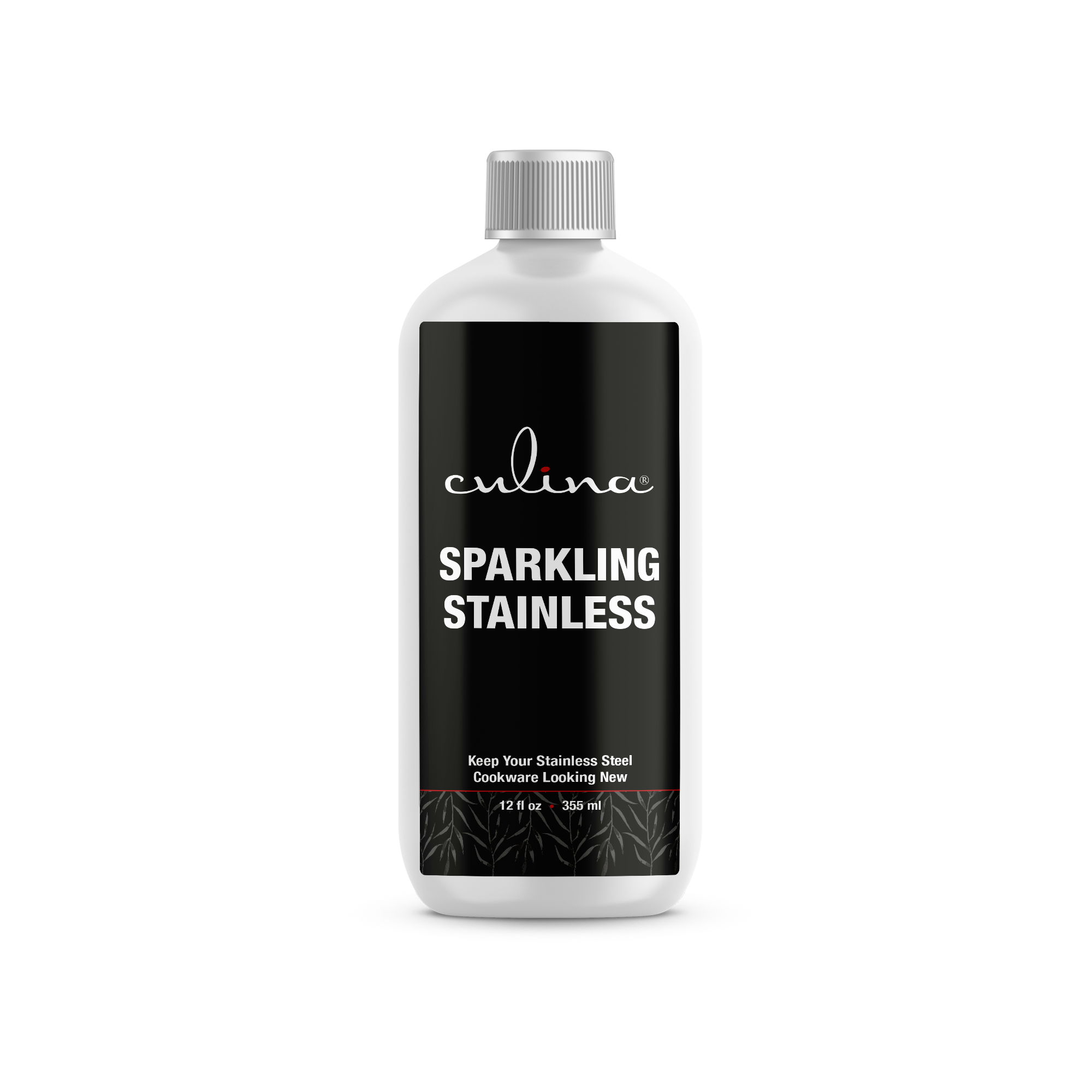
Understanding the Wok: A Brief Overview
Before diving into the tempering process, it's important to understand what a wok is and how it works. A traditional wok is typically made of carbon steel, which heats quickly and distributes heat evenly. This design allows for high-heat stir-frying, steep frying, and steaming. Knowing the properties of your wok can significantly impact your cooking methods. You can learn more about choosing the right wok here.

Why is Tempering Important?
Tempering a wok is essential for several reasons:
- Non-Stick Surface: Tempering creates a natural non-stick coating on your wok that helps in easy food release.
- Enhanced Flavor: The process enables the wok to develop a patina that adds depth of flavor to your cooked dishes.
- Improved Durability: Properly tempered woks are less prone to rusting and other damage, extending their life in a busy kitchen environment.
:max_bytes(150000):strip_icc()/faw-woks-test-smithey-ironware-co-hand-forged-carbon-steel-nsimpson-684-e9637a13af694226852301a8a16d6896.jpeg)
How to Temper a Wok: Step-by-Step Guide
Now that we understand the importance of tempering, lets get into the step-by-step guide on how to temper a wok.
Materials Needed
- Carbon steel wok
- High smoke point oil (e.g., vegetable oil or grapeseed oil)
- Kitchen towel or paper towels
- Heat source (gas stove or electric burner)
Step 1: Clean the Wok
Start by washing your wok with hot, soapy water to remove any factory residues or protective coatings. Use a soft sponge or cloth to clean the interior thoroughly.
Step 2: Dry the Wok
Once clean, dry your wok completely using kitchen towels. This step is crucial, as any remaining water can lead to oxidation.
Step 3: Coat the Wok with Oil
Pour a small amount of high smoke point oil (about 1-2 tablespoons) into the wok. Use a kitchen towel to spread the oil evenly across the interior surface. The layer should be thin; excessive oil can cause flaking during the heating process.
Step 4: Heat the Wok
Place the wok on the heat source and gradually increase the heat to medium-high. As the wok heats, you may notice it changing color; this is normal and part of developing its patina.
Step 5: Smoke and Cool Down
Keep the wok on the heat until the oil begins to smoke. At this point, you can turn off the heat and let the wok cool completely before wiping off any excess oil. This stage is critical as it locks in the **seasoning**.
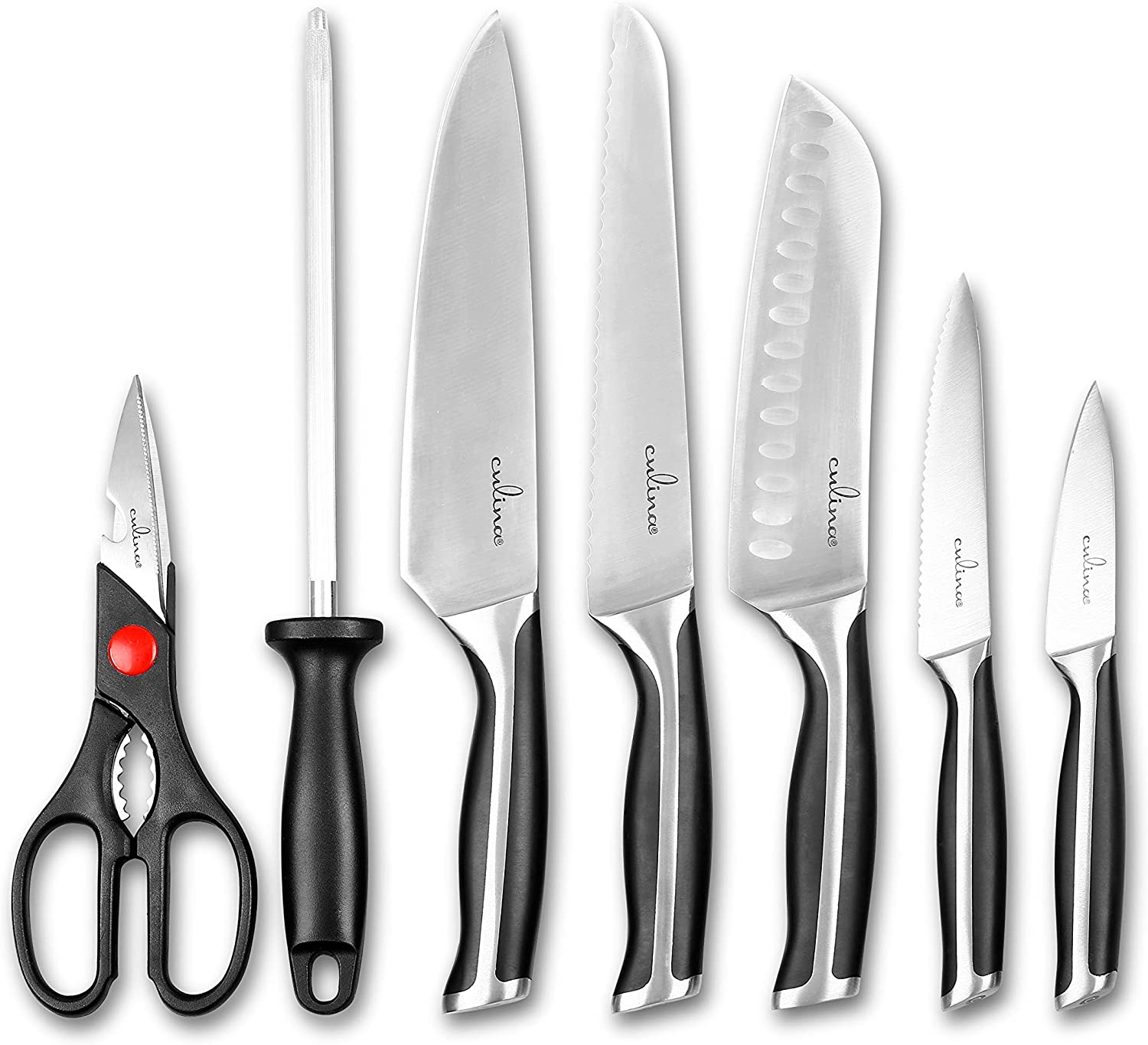
Maintaining Your Tempered Wok
After tempering your wok, proper maintenance will keep it in top shape:
- Cleaning: Avoid using soap, as it can strip away the patina. Instead, rinse with hot water and use a soft brush if necessary.
- Storage: Store your wok in a dry place. If possible, apply a light coat of oil to prevent rust.
- Regular Use: The more you cook with your wok, the stronger the non-stick surface will become, enhancing its performance.
Common Mistakes to Avoid
When it comes to tempering a wok, there are some common pitfalls to avoid:
- Inadequate Cleaning: Not cleaning the wok properly can lead to an uneven tempering process.
- Using the Wrong Oil: Avoid oils with low smoke points, as they can degrade and impart off-flavors.
- Overheating: Excessive heat can lead to warping or damaging the metal. Always monitor your heat settings.
Frequently Asked Questions
1. How often should I temper my wok?
Generally, you only need to temper your wok once when its new or if it has lost its non-stick properties over time. Regular use and maintenance will keep the patina intact.
2. Can I use a non-stick wok instead?
While non-stick woks are convenient, they do not require tempering. However, they cant handle the high heat needed for traditional stir-frying.
3. Is it essential to temper a stainless steel wok?
Stainless steel woks can also benefit from tempering. However, they do not require it as much as carbon steel woks do, given their properties.
Conclusion
Learning how to temper a wok is a fundamental skill for every kitchen professional. By ensuring that your wok is properly seasoned, you'll elevate your cooking performance and enhance the flavors of your dishes. Remember that the process takes time and practice, so dont be discouraged if it doesnt turn out perfectly on your first try. With diligence and care, your wok can become an indispensable ally in the kitchen.
As an Amazon Associate, I earn from qualifying purchases.
Further Reading and Resources
For more fascinating insights into wok cooking and maintenance, you might find these links useful:

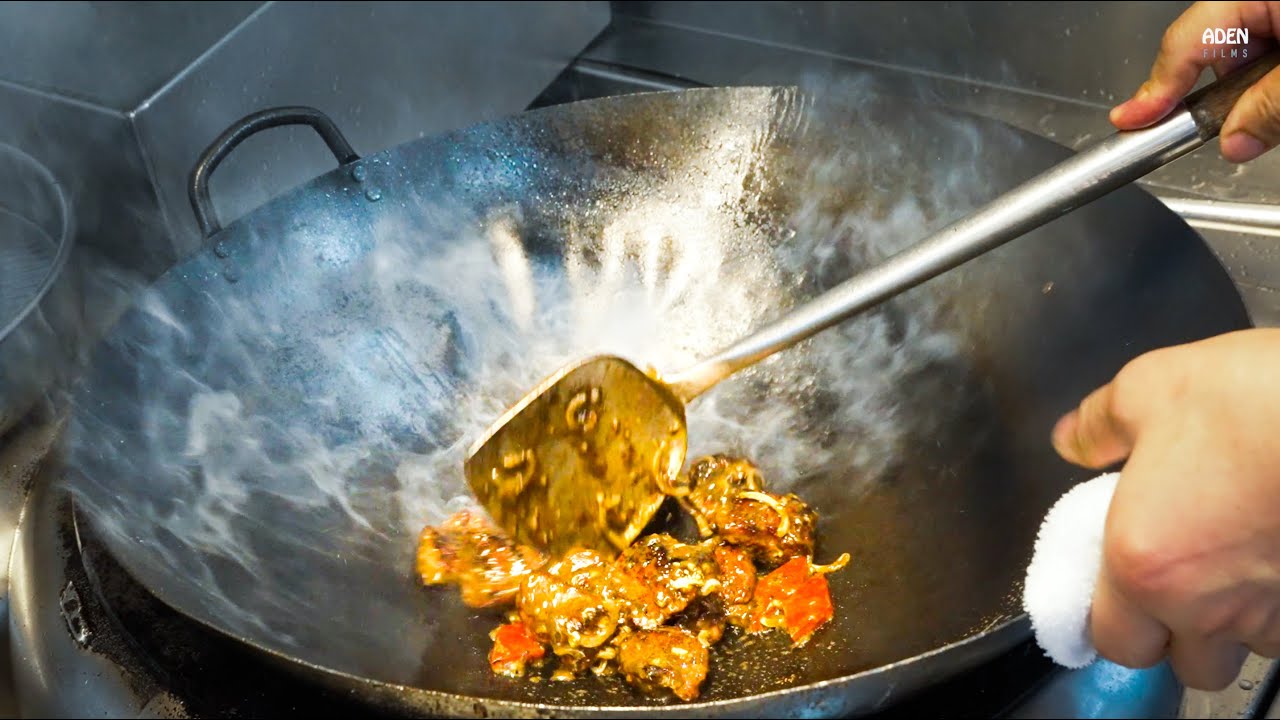


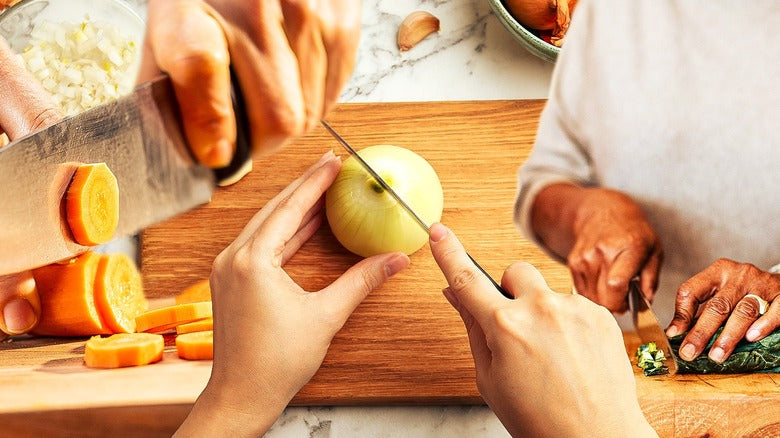
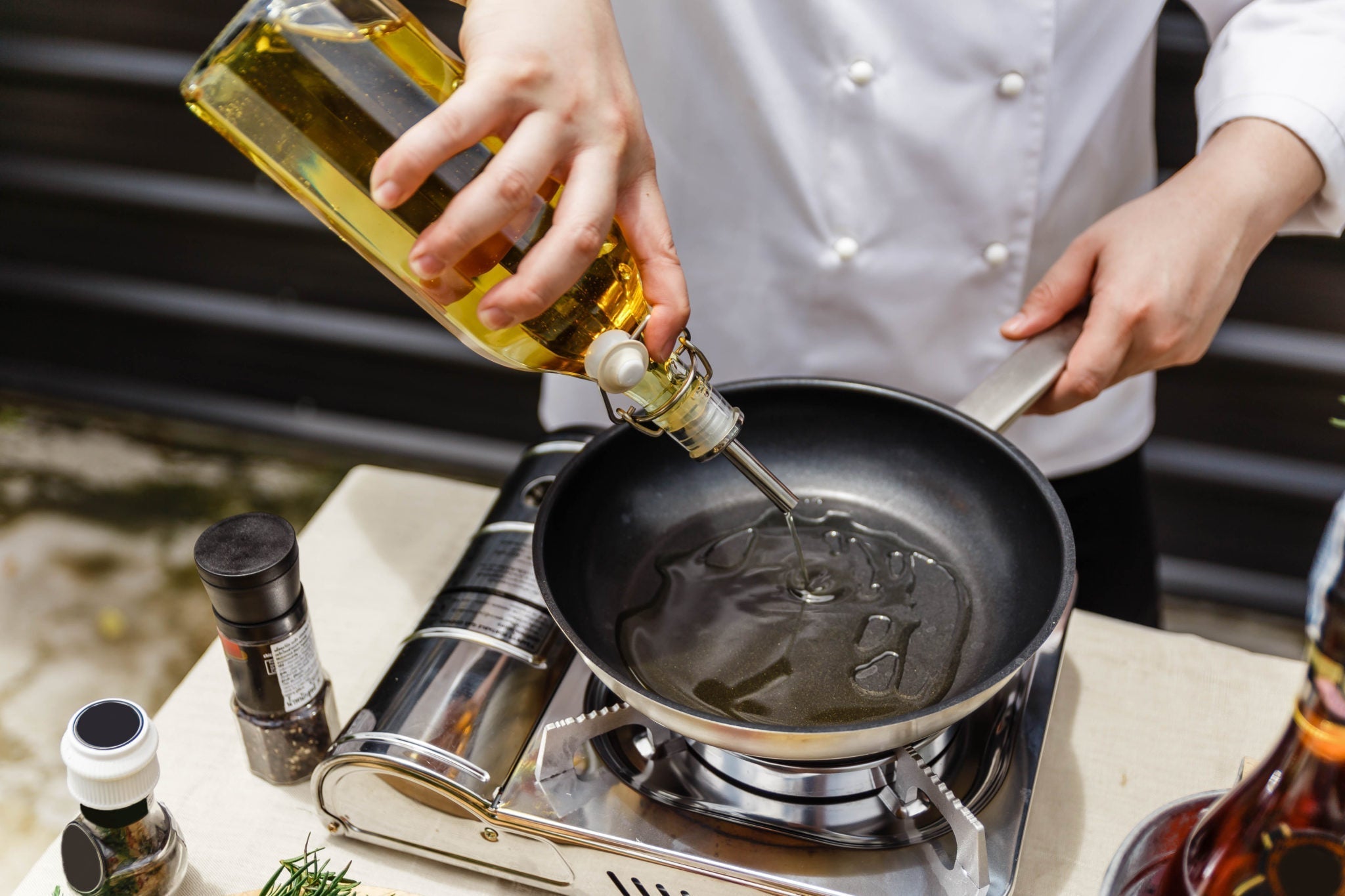
Leave a comment
This site is protected by hCaptcha and the hCaptcha Privacy Policy and Terms of Service apply.